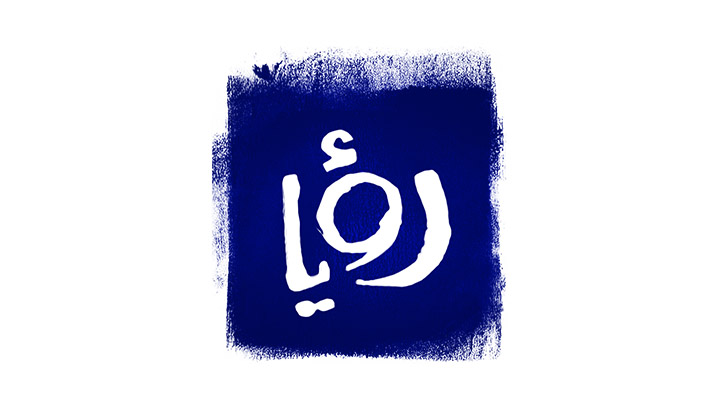Jordan experiences intermittent rainfall as low-pressure system persists
Published: 2024-01-29 11:17
Last Updated: 2025-03-27 18:22

Jordan has been affected by a low-pressure system since yesterday, Sunday, with cold weather prevailing across various regions.
Rainfall occurred intermittently in several areas, particularly in the north and central parts of the Kingdom.
The Balqa-Salalem station recorded the highest amount of rainfall until Monday afternoon, reaching 22.2 millimeters.
Several areas in Jordan recorded significant rainfall amounts as follows:
- Balqa/Al-Salalem: 22.2 millimeters
- Northwest Amman/Tlaa Al-Ali: 18.3 millimeters
- Northwest Amman/Umm Al-Summaq: 16.2 millimeters
- South Amman/Marj Al-Hamam: 15.9 millimeters
- Balqa/Al-Sbeih: 15.6 millimeters
- West Amman/Al-Rawnaq Wadi Al-Seer: 14.7 millimeters
- Central Amman/Jabal Amman: 14.7 millimeters
- East Amman/Jabal Al-Mareekh: 13.3 millimeters
- Ajloun/Abeen: 11.1 millimeters
- Ajloun: 9.8 millimeters
- East Amman/Al-Hashemi Al-Shamali: 9.3 millimeters
- Zarqa: 8.4 millimeters
- South Amman/Al-Maqabaleen: 8.3 millimeters
- Jerash: 7.8 millimeters
- Zarqa/Rujm Al-Shawaf: 7.5 millimeters
- Southeast Amman/Sahab: 6.6 millimeters
- Irbid: 5.1 millimeters
- Mafraq: 3 millimeters
- Karak: 1.2 millimeters
- Al-Rashadia: 0.6 millimeters
- Tafilah: 0.5 millimeters
The Ministry of Water and Irrigation/Jordan Valley Authority announced that the long-term annual average of rainfall has increased to 57.1 percent as of Monday, Jan. 29, 2024.
This is in comparison to the long-term annual average, which is approximately 8.1 billion cubic meters annually.
It is noteworthy that the percentage of rainfall from the long-term annual average on the same date last year was 39.7 percent.
The water quantities from the rainfall that entered the dams in the past 24 hours reached 1.5 million cubic meters as of Monday morning. This has raised the total storage in the main dams to 116.6 million cubic meters, accounting for 40.5 percent of their total storage capacity, which is 288.128 million cubic meters.


